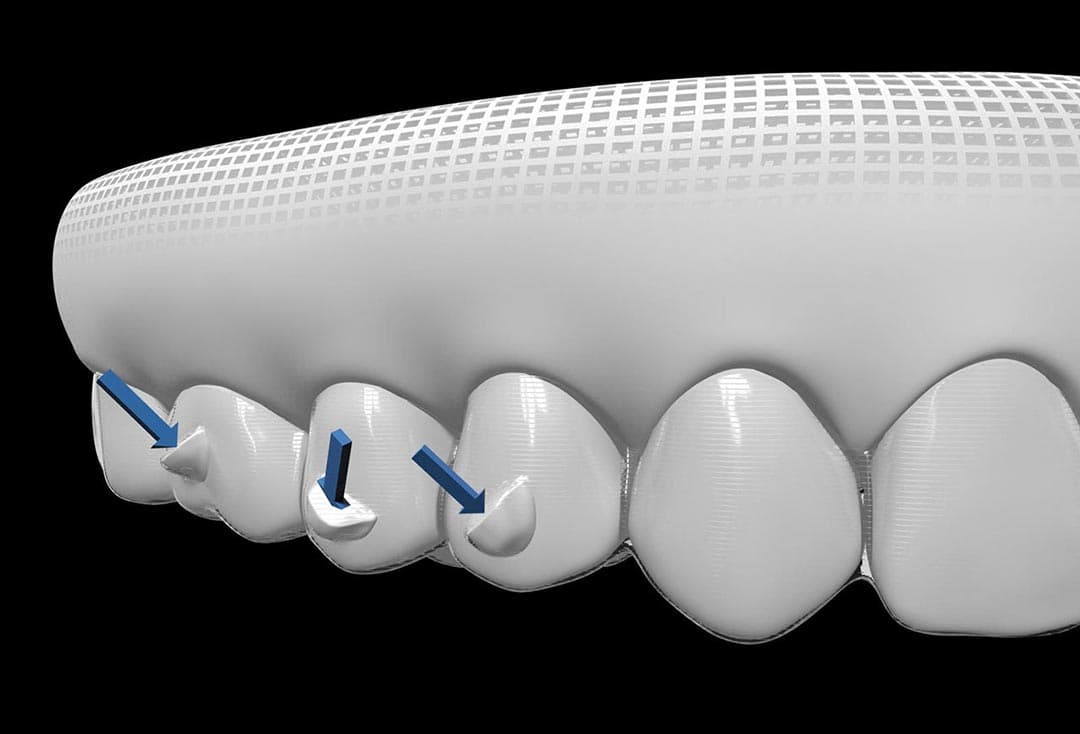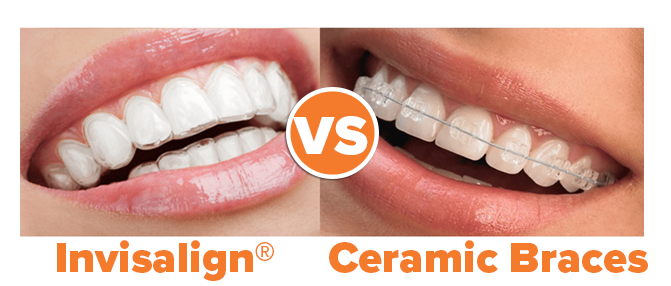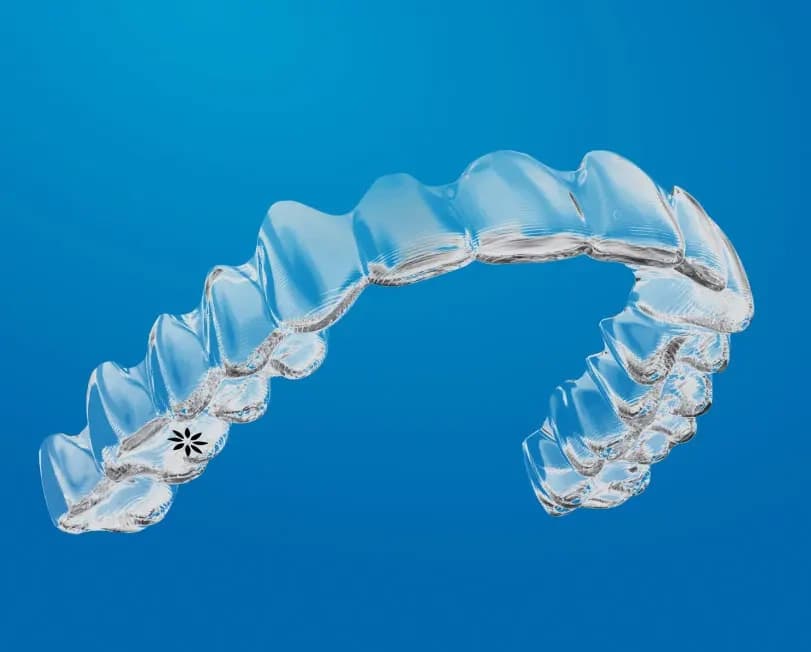Success Stories: How Invisalign Changed Lives and Increased Confidence
Success Stories: How Invisalign Changed Lives and Increased Confidence
Blog Article
Invisalign vs. Conventional Dental braces: Which Choice Is Right for You?
When thinking about orthodontic treatment, the choice between Invisalign and traditional braces provides several essential variables that merit cautious examination. Invisalign offers a very discreet choice with detachable aligners, while conventional braces provide a much more visible yet reliable solution for severe imbalance. Each choice includes unique benefits and disadvantages associated to aesthetic appeals, comfort, treatment period, and price. Recognizing these subtleties is essential for making an informed choice that lines up with your individual preferences and way of living. The question remains: which choice will best meet your orthodontic demands and expectations?
Introduction of Treatment Choices

On the other hand, traditional dental braces are composed of steel braces and cables that are bonded to the teeth. This technique applies constant pressure in time to attain positioning. While effective for complicated orthodontic concerns, standard dental braces require normal brows through for changes and can pose challenges in keeping oral hygiene because of the difficulty of cleaning up around wires and braces.
Both alternatives have their qualities, and the option usually rests on certain dental conditions, lifestyle choices, and individual compliance. Eventually, speaking with an orthodontic expert is vital for determining the most appropriate treatment strategy customized to individual requirements. Recognizing the nuances of each choice can substantially affect the overall success of orthodontic treatment.
Aesthetic Considerations
A significant element influencing the selection between Invisalign and typical braces is the visual charm each therapy supplies. Invisalign aligners are crafted from clear plastic, making them basically unnoticeable when put on.
In contrast, traditional braces include steel braces and cables, which can be a lot more noticeable. While developments in orthodontic technology have actually caused the advancement of smaller sized brackets and colored elastics, traditional dental braces still preserve an even more conspicuous account. For some individuals, the exposure of dental braces may discourage them from looking for needed treatment.
Inevitably, the choice between Invisalign and traditional dental braces might rest on individual preferences pertaining to appearances. Clients that prioritize discernment frequently lean towards Invisalign, while those who are much less worried regarding presence may select conventional dental braces. Understanding the visual implications of each alternative is vital for making an informed choice that straightens with one's way of life and preferences.
Convenience and Convenience

In terms of benefit, Invisalign aligners are removable, making it possible for individuals to enjoy their favorite foods without constraint and keep ideal oral health. Brushing and flossing are simplified, as the aligners can be obtained throughout these regimens, whereas traditional dental braces need careful steering around cords and braces.
In comparison, traditional dental braces necessitate routine adjustments, making their website them much less convenient for those with hectic timetables. Overall, the convenience and benefit of Invisalign make it an enticing choice for lots of people seeking orthodontic therapy.
Treatment Duration and Efficiency
While both Invisalign and traditional braces are reliable in remedying dental misalignments, the period of treatment can vary dramatically between both choices. Usually, Invisalign therapy can take anywhere from 12 to 18 months, depending on the intricacy of the instance. The clear aligners work by slowly shifting teeth right into their preferred settings, and normal follow-ups with an orthodontist aid guarantee development stays on course.
On the other hand, traditional braces usually need a longer commitment, normally varying from 18 months to 3 years. This results from their set nature and making use of wires and brackets, which can be much more efficient for intricate situations and serious imbalances (Invisalign). The treatment efficiency of standard dental braces is well-documented, as they permit exact changes and better control over tooth activity
Inevitably, the selection in between Invisalign and traditional braces may rest on both the awaited therapy period and the specific dental problems at hand. Consulting with an orthodontist is important, as they can supply tailored recommendations based upon specific requirements, making sure the selected technique my site aligns with desired timeframes and outcomes.
Price Contrast and Insurance Coverage Choices
Cost plays a significant duty in the decision-making procedure for individuals considering orthodontic therapy, whether going with Invisalign or traditional dental braces. Generally, the cost of Invisalign ranges from $3,000 to $8,000, while traditional dental braces commonly set you back between $2,000 and $6,000. Factors affecting these expenses consist of the complexity of the case, the period of therapy, and geographical place.
Lots of dental insurance coverage plans provide partial protection for orthodontic treatments, however the specifics can vary extensively. Normally, traditional braces may be extra regularly covered by insurance strategies compared to Invisalign, which some insurance providers classify as an aesthetic treatment.
In addition, a number of orthodontic methods supply adaptable layaway plan, making both therapy options extra available. Patients ought to ask about possible financing options and price cuts for in advance payments. Assessing the total cost, including insurance policy benefits and layaway plan, is important for making a notified choice that aligns with both aesthetic choices and budget factors to consider.

Verdict
In summary, the choice in between Invisalign and standard braces depends upon multiple variables, consisting of aesthetic choices, comfort, therapy period, and price. Invisalign supplies a very discreet, removable alternative that promotes dental hygiene and nutritional flexibility, while conventional braces may be better for complicated oral problems and typically come with a reduced cost factor. Inevitably, examination with an orthodontist is vital to evaluate private situations and identify one of the most suitable treatment option for attaining ideal oral placement.
When considering orthodontic therapy, the selection between Invisalign and traditional braces offers a number of vital elements that warrant mindful analysis.Contrasting Invisalign and conventional braces reveals unique treatment alternatives for orthodontic you can check here correction.While both Invisalign and typical braces are efficient in remedying oral misalignments, the duration of therapy can differ considerably between the two choices.Expense plays a considerable role in the decision-making process for individuals considering orthodontic therapy, whether opting for Invisalign or traditional dental braces.In summary, the choice in between Invisalign and conventional braces hinges on numerous variables, including visual preferences, comfort, therapy period, and cost.
Report this page